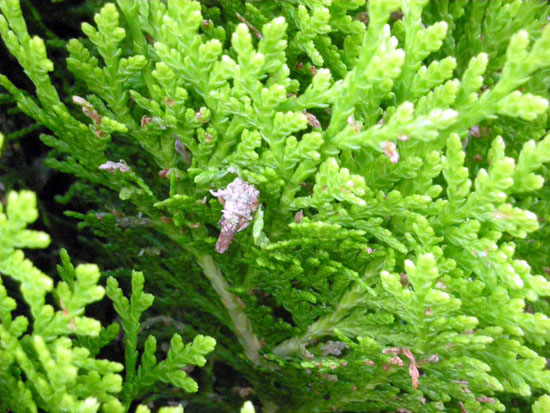Issue 7, June 5, 2012
Scouting Watch
Based on degree day base 50 degrees F, we still about three weeks ahead of schedule in southern Illinois, two to two and one-half weeks ahead in central Illinois, and two weeks ahead in northern Illinois. As described in earlier issues of this newsletter, most insect development proceeds at temperatures above approximately 50 degrees F.
Bagworms are treatable in southern and central Illinois with egg hatch having occurred about two weeks ago in central Illinois. Egg hatching should be occurring at this time in northern Illinois, but they will be ballooning for two to three weeks. Treating before ballooning finishes with a short-lived insecticide such as Bacillus thuringiensis kurstaki (Dipel, Thuricide, others) will require retreatment. A pyrethroid such as cyfluthrin (Tempo), permethrin (Astro), or bifenthrin (Onyx) should last at least four weeks and provide control through the ballooning period. Even so, waiting until ballooning has finished before applying any insecticide should provide a higher level of control.

Young bagworm on arborvitae.
Jumping oak galls are common this spring. They look like small pimples about one-fourth the size of pinheads on the leaves of white oak, bur oak, and other white oak group trees. The larvae move within the galls, making a clicking sound on the tree. The galls eventually fall off of the tree where they will quiver, roll around, and jump slightly on hard surfaces. Tiny gall wasps emerged later in the year, overwinter, and attack young leaves the following spring. They tend to be more common on trees in landscapes and at the edge of forested areas than within the forest itself. They are not considered to be very harmful to the tree, and control is not necessary nor practical. (Phil Nixon)
Author:
Phil Nixon